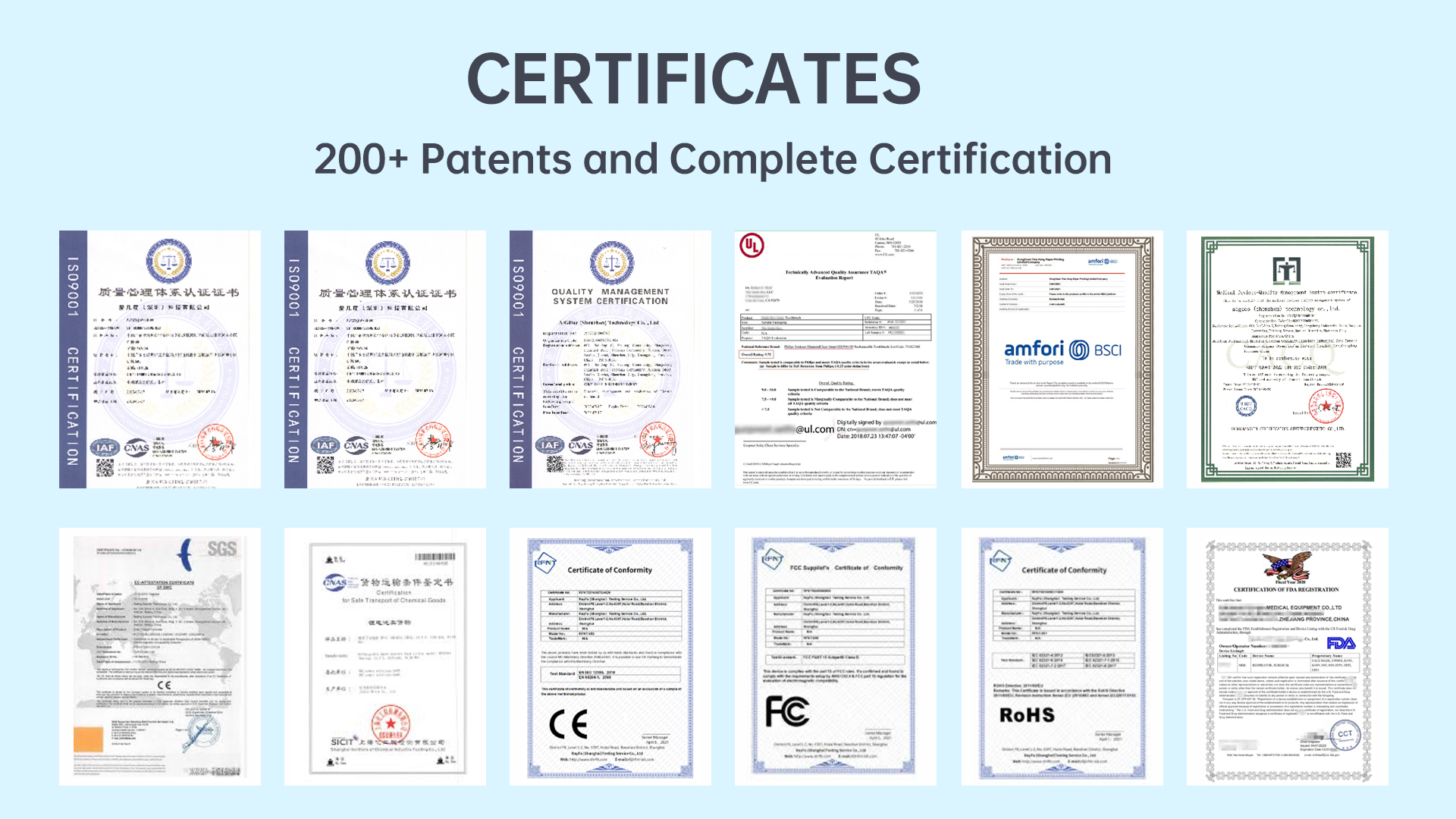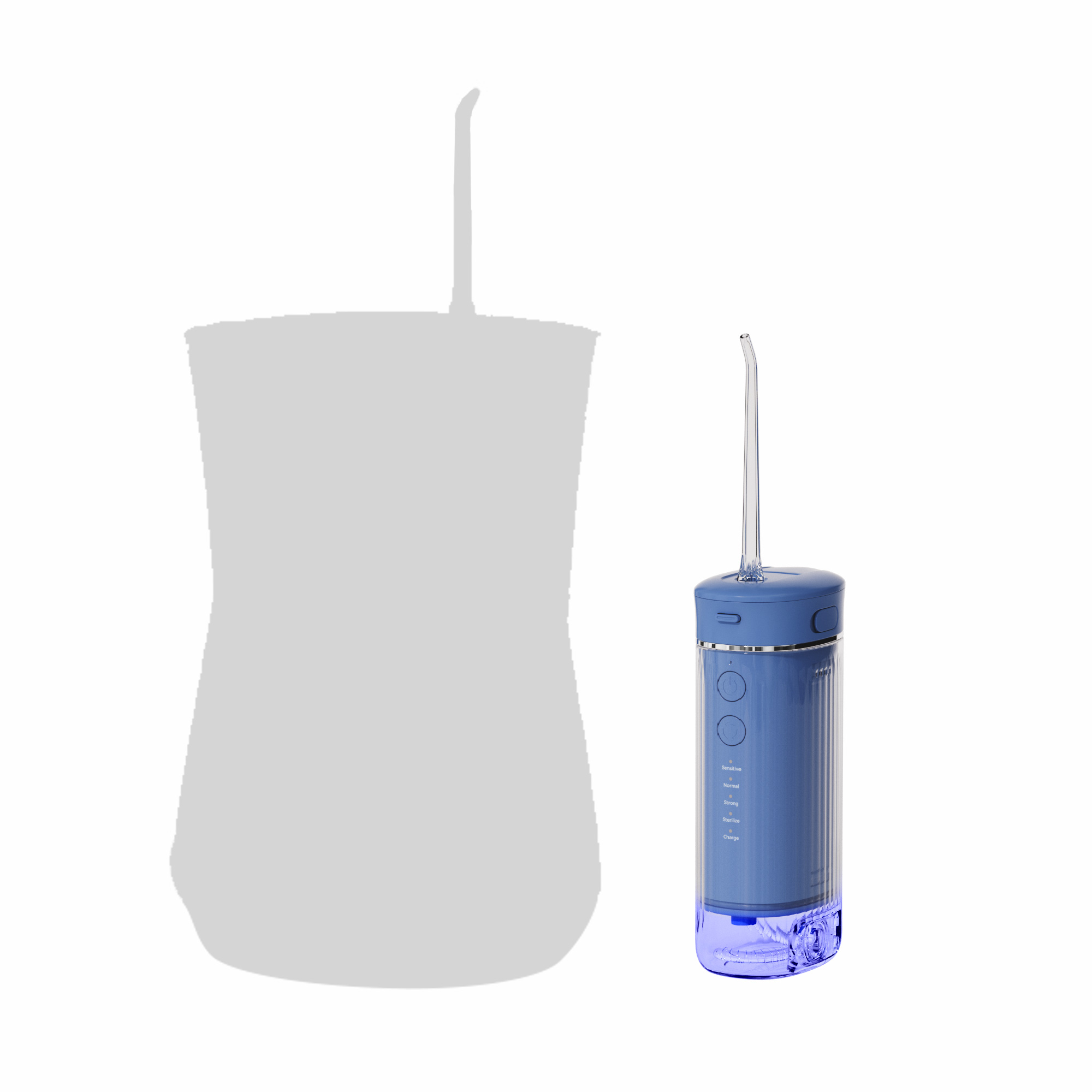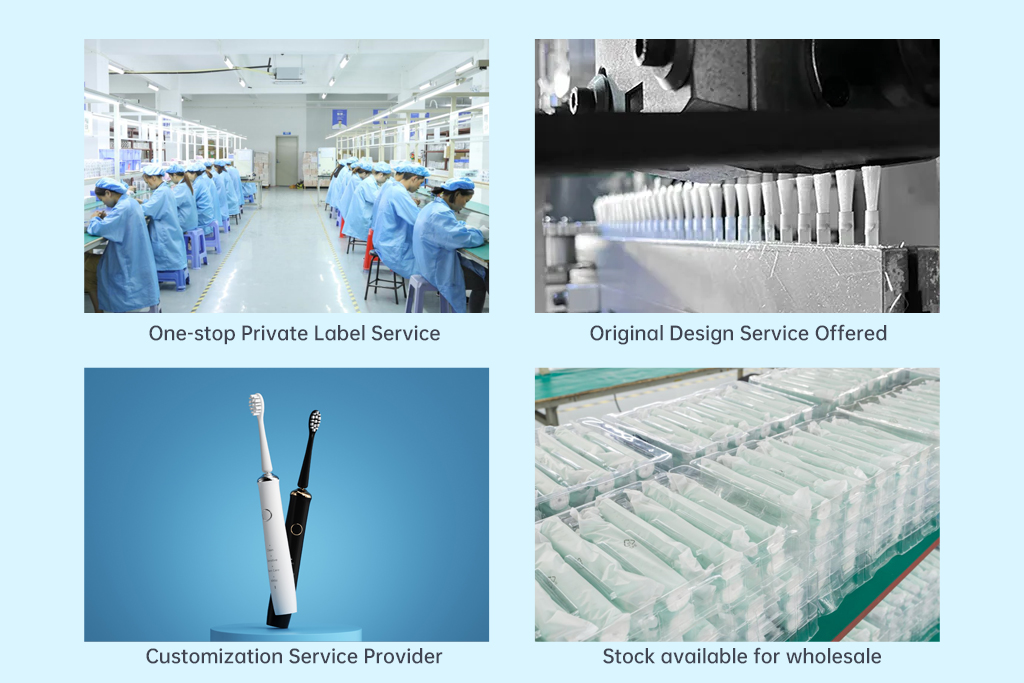In the competitive market of teeth whitening products, balancing aesthetic effectiveness with oral health safety is crucial. But manufacturers and brands must ask: is the promise of dazzling white teeth worth the potential overbleaching risk and the threat of gum recession? As OEM and ODM suppliers, recognizing the fine line between performance and user safety is vital to product design and long-term market success.
Overbleaching risk refers to the excessive use or strength of whitening agents—typically hydrogen peroxide or carbamide peroxide—that penetrate beyond the enamel surface. While this may yield rapid whitening results, it can also:
The risk becomes greater with poorly formulated gels, incorrect user guidance, or malfunctioning application devices, such as overactive LED trays or poorly timed delivery systems.
More alarming is the connection between overbleaching risk and gum recession. Aggressive whitening agents can:
This not only results in discomfort and sensitivity but also opens the door to periodontal disease—a serious concern that can harm the user’s oral health permanently. Company web:https://www.powsmart.com/product/electric-toothbrush/
Many cases of overbleaching risk and subsequent gum recession stem from product design flaws, such as:
Manufacturers who ignore ergonomic design or safe concentration levels risk exposing end-users to these hazards.

Choice of materials plays a decisive role in reducing these risks. High-quality, biocompatible materials ensure:
Low-grade materials, on the other hand, distort or degrade, heightening the danger of both overbleaching risk and gum recession.
OEM suppliers must implement stringent quality assurance procedures, including:
These practices directly reduce the chances of overbleaching risk and gum recession, leading to safer products and higher customer satisfaction.
Emerging technologies are providing manufacturers with new ways to mitigate these dangers:
Such innovations ensure a competitive edge while safeguarding user health.
Ultimately, overbleaching risk and gum recession are real dangers—not just cosmetic concerns. For manufacturers serious about quality and brand trust, these are not acceptable trade-offs for short-term whitening gains. The solution lies in thoughtful design, superior materials, and rigorous testing. By addressing these risks proactively, B2B suppliers can deliver safe, effective whitening products that satisfy customers without compromising their long-term oral health. Contact us
-2-1024x576.png)
Is Button Malfunction Causing Uneven Bristles Disaster?
Enamel Transparency Plus Taste Loss – Permanent Damage?

Water Flosser Working Principle Explained by a Direct OEM Factory

FAQ for New Water Flosser Brands: Avoiding Costly OEM Mistakes
Gum Irritation or Throat Irritation – What’s the Culprit?
Short Circuit Plus Water Leakage – Playing with Fire?
.jpg)
No More Missed Spots: How Our Manufacturer Ensures Your Water Flosser Reaches All Teeth
.jpg)
Solutions to Common Faults of Water Flossers: How Can Brand Owners Ensure That Factories Provide Reliable After-Sales Service?
.jpg)
Where to Find Electric Toothbrush Manufacturer Reviews to Identify the Best Electric Toothbrush for Distributors?

The Core Benefits of Brand Owners Promoting Water Flossers and How to Meet Marketing Needs to Increase Sales
sonic electric toothbrush Tucson
.jpg)
Choosing Between a Sonic vs Oscillating Toothbrush Supplier?
.jpg)
Looking for Electric Toothbrush for Travel Wholesale as an Oral-B Electric Toothbrush Distributor?
Tongue Numbness After Hydrogen Peroxide Burns – Normal?
.webp)
How Do Electric Toothbrush Market Trends Influence Electric Toothbrush Supplier Certification?

What Sets and Combinations of Oral Care Products Can Be Made to Promote Sales?

Private Label Whitening Gel
.jpg)
Florida Electric Toothbrush – Powsmart PTR-C8

electric toothbrush heads Charcoal Infuse-Round

Customization Teeth Whitening Gel

electric toothbrush heads Regular Clean

electric toothbrush heads Deep Clean

electric toothbrush heads Ultra Soft

Electric toothbrush heads Charcoal Infused-Diamond
whstapp
whstapp
National Toll-Free Service Hotline
+86 755 86238638